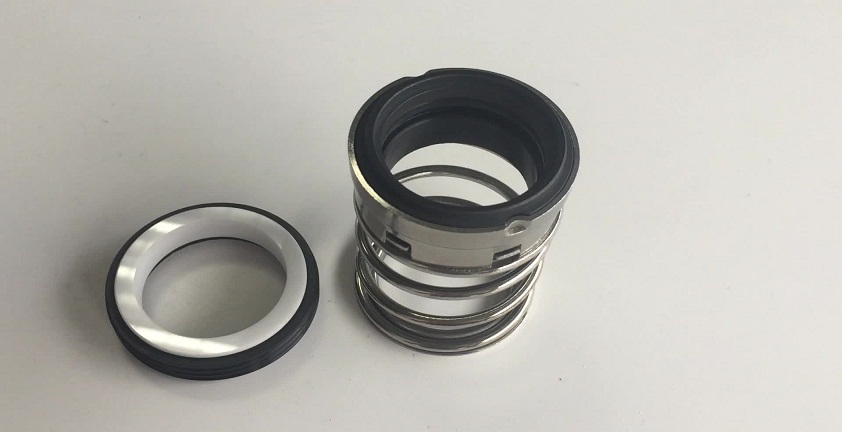Basics of Mechanical Seal
Mechanical seals play an important role in the pump. When the liquid is pumped, it enters the suction chamber inlet at the eye of the impeller.
When impellers rotate at very high speed, the liquid is forced out centrifugally to the outside diameter of the impeller.
It flows out from there through the discharge nozzle. The same discharge pressure flows down behind the impeller to the drive shaft connected to the driver.
When the mechanical process handles expensive fluids or corrosive fluids, leaks are not tolerated.
This shaft has to be sealed efficiently. Here comes the role of the mechanical seal. It prevents the escape of the fluid.
The clearance between the passageway through the wall of the housing or casing or pressure vessel and the rotating shaft is an important parameter.
Mechanical seals stop the leakage.
What are the three primary sealing points?
In the mechanical process, three sealing points are essential.
- Leakage between the casing and the stationary element
- Leakage between the shaft and rotating element
- Leakage between rotating and seal elements, and the mating surface
The three basic components are:
- A set of primary sealing element
- A set of secondary sealing element
- The hardware that attaches, positions and maintains face to face contact
Types of sealing elements
Mechanical seals involve two types of sealing elements.
- Primary sealing element
It is formed by two lapped faces or finely polished faces. In this sealing element, one face is stationary whereas the other face is fixed to a shaft that rotates with high speed.
All seals have some leakage, but it is almost invisible and doesn’t cause harm to the process.
- Secondary sealing element
The leakage path around the stationary and rotating faces of the seal are managed by using the secondary sealing element. It is made from fluro-castomers.
In case of pusher seals, they should move forward along the shaft so that the vibrations and wear at the seal face can be avoided.
In case of non-pusher seals, the wear is taken internally, and the secondary seal remains entirely static.
Seal selection process
- Which liquid is being handled by the seal? It decides the seal material. It should be able to withstand the fluid and should be chemically compatible.
- Seal type is decided based on the pressure in the seal chamber.
- The seal material should be chosen appropriately to handle the temperature of the liquid.
- The characteristics of the liquid, e.g. viscosity, abrasion decide the seal type.
- The seal arrangement and type should meet the emission and reliability standards.
Also Read:

